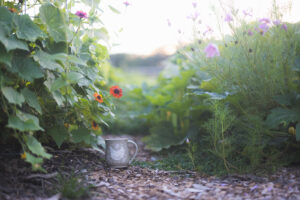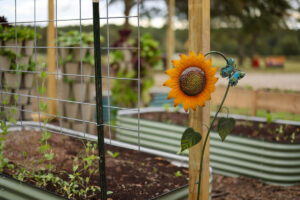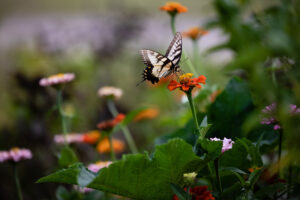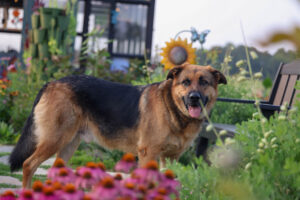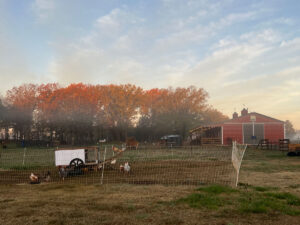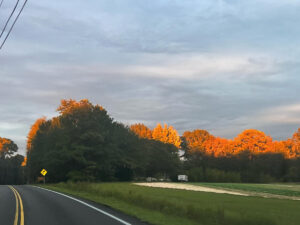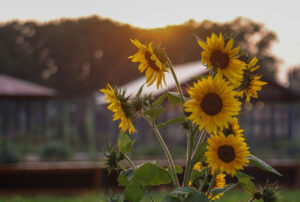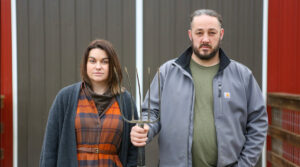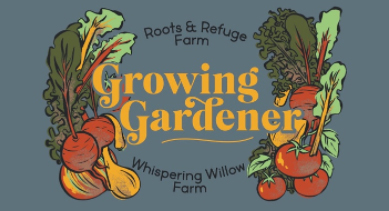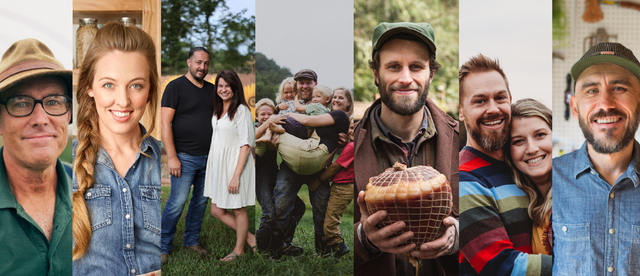Years ago, when my oldest son Jackson was around six years old, my husband asked him what he thought I might like for my birthday. Jackson thought long and hard, and as if a light bulb suddenly burned above his head, he exclaimed, “I know! Catalogs!”
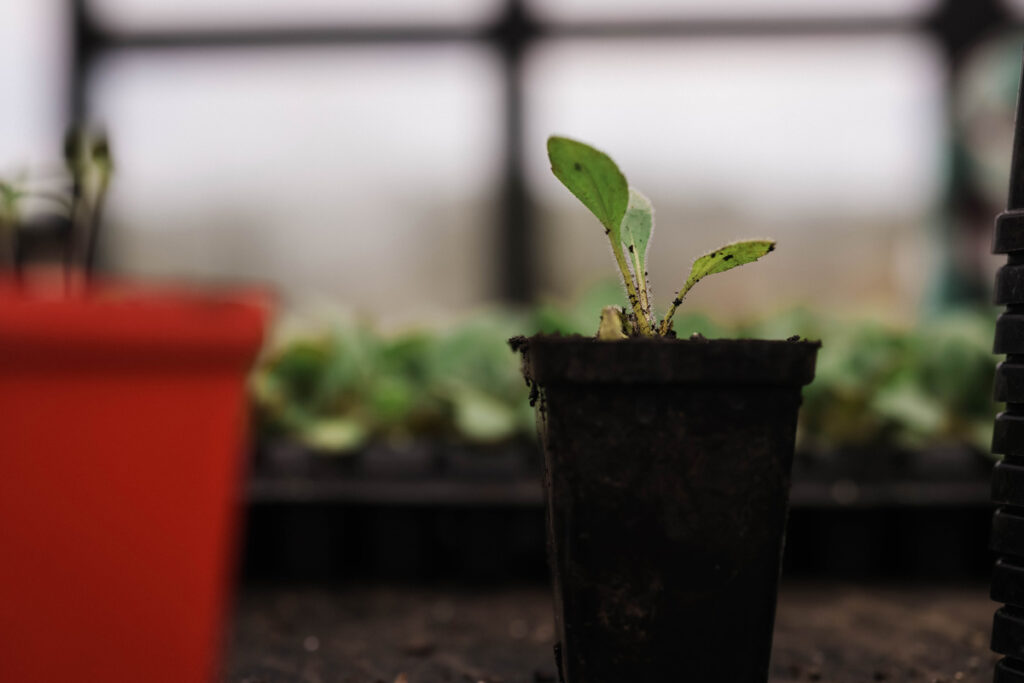
Catalogs. He wanted to gift his mother catalogs. No, not the sort filled with finery or fancy home furnishings. Those were never the things to turn my heart. My boy had been watching, and when the mail ran in our suburban neighborhood, I would bring in the seed catalogs as if they were treasures. The laundry and the cleaning would be left waiting, and I would sit down as an avid reader does with a long-anticipated installment in a beloved book series. My boys would curl up next to me, and we would flip through the glossy pages, marveling at the colorful carrots, the wildly beautiful tomatoes, and the many interesting varieties of veggies that would be long forgotten if it weren’t for heirloom seed preservers.
Before I ever had the space to plant them, I loved to shop for seeds. Every year, I’d buy far more than I could hope to grow in the containers that lined my front porch. So when my dreams of owning a hobby farm came to pass, my seed collection was ample and ready. It took a couple of years of planning and saving, but eventually, the greenhouse was erected, the garden beds built, and the soil was delivered. The first year of having a big garden, I planted over a thousand square feet. The next year, we doubled that. And in the midst of it, I became more fascinated than ever with the smallest and most important factor of the whole garden endeavor: seeds.
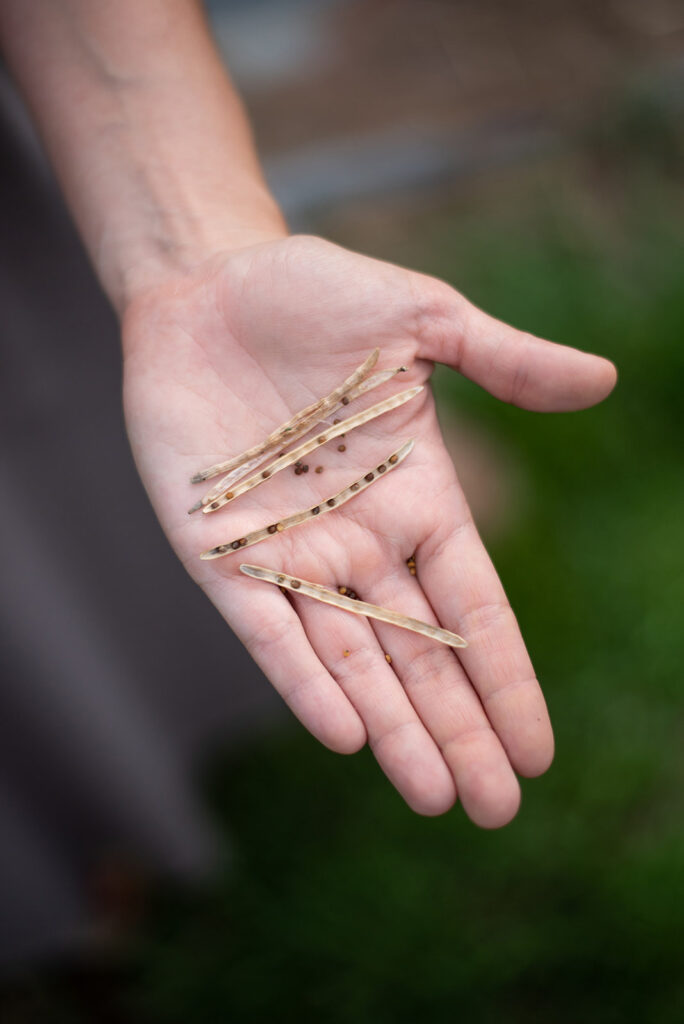
It seems like an obvious thing, that a gardener would love seeds. But you’d be surprised. Modern growing practices have largely changed the face of agriculture, and it is a completely different thing than it was when our grandparents were farming. Now, commercial farms are expected to grow more, faster, and cheaper. Because of this, pest and disease resistance are prized, and hybrid plants with the ability to produce consistent, strong, early fruit become staples. Unfortunately, these hybrids are often created with these attributes at the cost of sacrificing flavor. And most of them, being hybrids, are not open-pollinated and therefore cannot consistently reproduce.
Many home gardeners visit the garden centers in chain home stores every year and purchase their starter plants. They take them home and tenderly cultivate them, enjoying the fruits of their labor without ever having touched a seed packet. They never think of saving seeds from their efforts, because they are certain the garden center will stock plants the next year and their needs will be met. Which is true. The home centers will. They will stock a handful of best-selling varieties and maybe a few heirlooms. Their seed racks will tout a few more varieties, but largely, the world of heirloom options will go unrepresented.
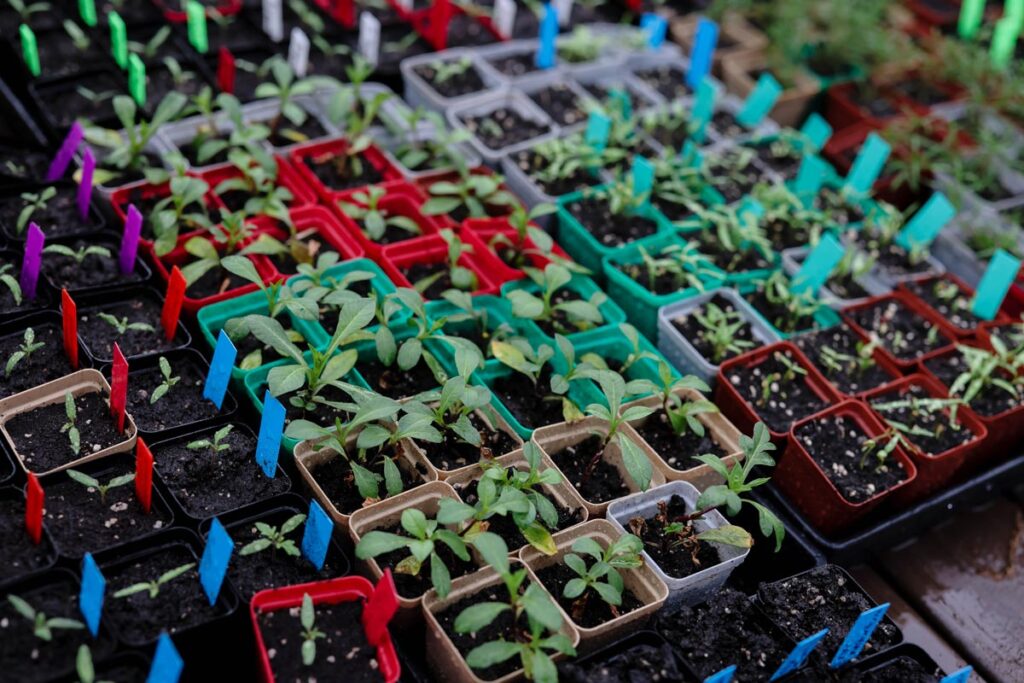
This is how I used to garden until I got my first heirloom seed catalogs from places like Baker Creek Seeds and Pine Tree Seeds. I was astounded. Page after page, I was blown away by varieties of fruits and vegetables I had never heard of before. Colors of peppers and tomatoes I had never imagined spread out over pages coupled with stories of families handing down seeds for generations. Melon seeds obtained through world travels and cucumber varieties saved from the brink of extinction sparked my desire to do it differently.
I didn’t want to just grow food. I wanted to grow beauty. And I didn’t just want to harvest vegetables; I wanted to harvest seeds. Because these were stories in plant form. Someone cared enough to save them, and it felt like an invitation to take part in keeping their stories alive.
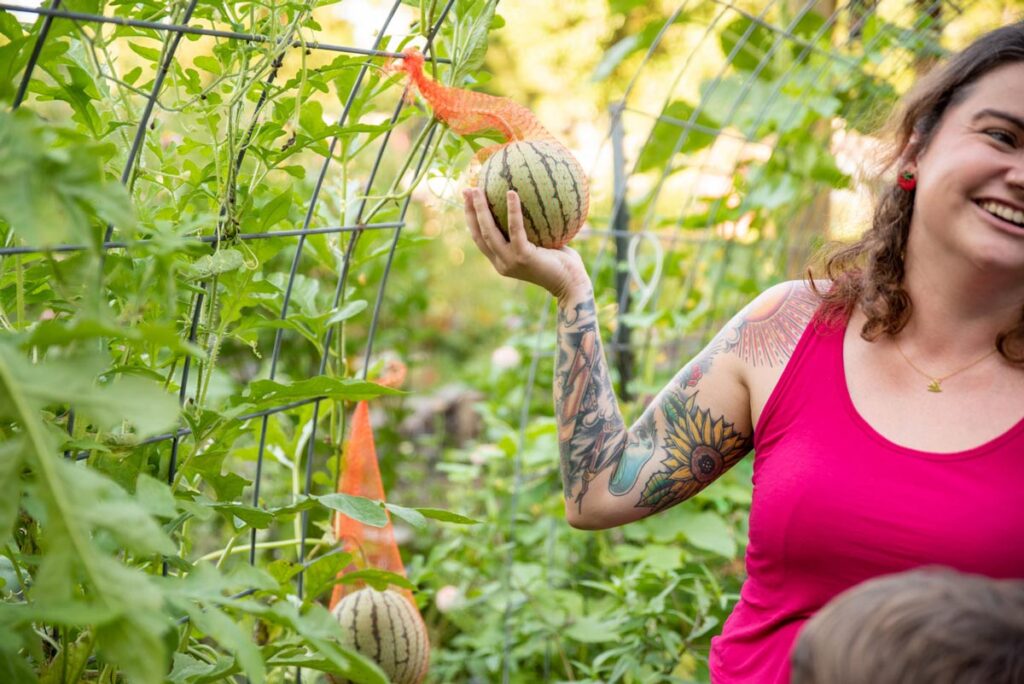
This year, I was able to take part in multiple seed swaps in the online community of gardeners on Instagram. I packaged offerings from my collection and mailed them off. In return, I received hundreds of seed packets from all over the nation, lovingly saved from the gardens of strangers, all eager to share their stories.
I still collect the seed catalogs through the winter, though now my sons know well that it isn’t the catalogs themselves that excite me. I place orders for seeds that I’ve never tried before, and by March, my greenhouse and living room windowsills are lined with adolescent plants of wild and nearly forgotten varieties. I start five times more plants than I have room to grow in my garden because I love to gift them to family and friends and offer them for sale to local gardeners. I don’t do this to pay my bills or have any hopes of changing the way things are done on a large scale. I just hope to spread the joy I’ve found in beautiful and delicious plants gardeners might never get to experience otherwise.
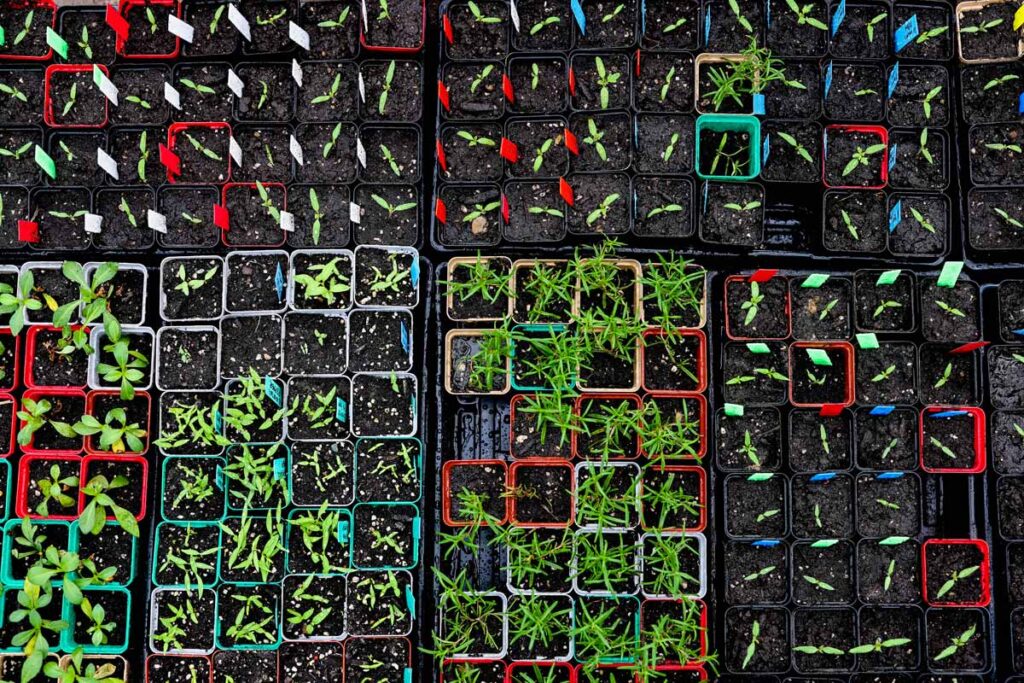
My organic heirloom garden is more work than one full of hybrids might be. February and March mean daily trips to the greenhouse to attentively care for sprouting seeds. Without relying on hybrid resistance and spray-on chemicals, the battle against pests and disease can be a tough one. Evenings in June and July might require hours of hand picking hornworms from tomato leaves or spraying the garden with essential oils. The difficulty of the work pales in comparison to the joy my garden brings.
Even though the months of pampering sprouts demands much more than simply buying plants at the store, I wouldn’t trade them. During those days, I slip through the greenhouse door and settle into the warmth. I run my hands across the little fledgling plants and feel my hope and anticipation bud and grow alongside them. In the summer, when the work mounts and I may feel slightly seduced by the idea of chemical pesticides, I am stilled in wonder by the first ripe fruits. Suddenly, it is altogether worth it. The explosion of flavor and the absolute beauty of heirloom vegetables is unmatched.
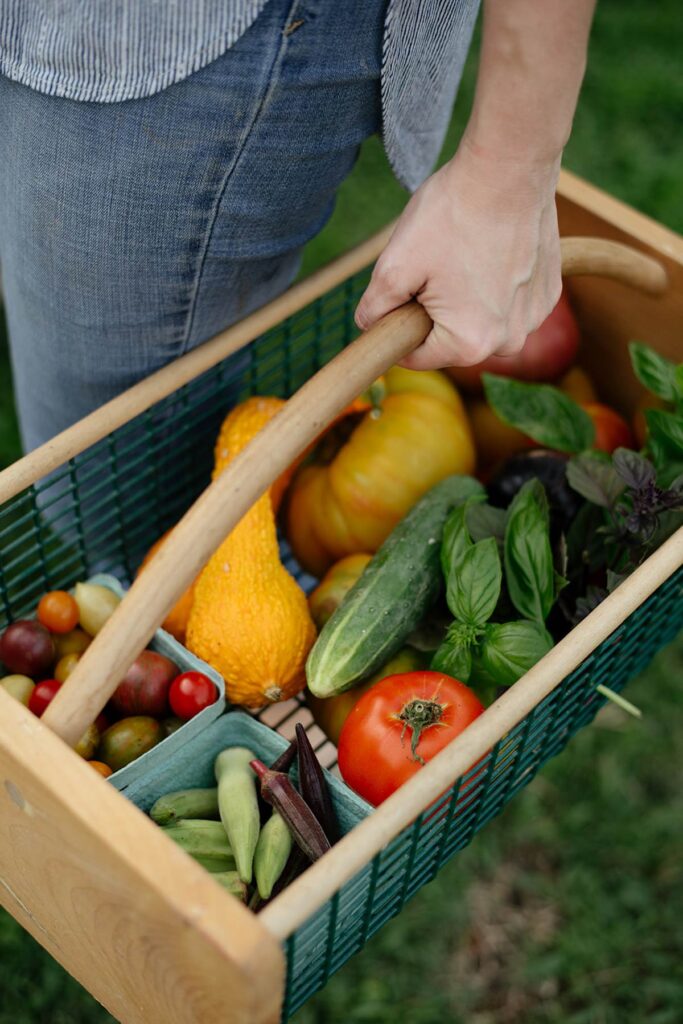
In the midst of harvesttime, I will sit in my garden every evening as awe washes over me. With baskets of bounty at my feet, it will strike my heart to be surrounded by thousands of square feet of plants that once fit in my hands as a few hundred seeds. Then, as the days begin to cool and the production begins to wane, I will start the process of saving seeds. The final vestiges of one season will become the bounty of the next. Seeds will be traded, gifted and put up for years to come.
Sometimes I dream of having a seed bank and a catalog of my own, but I doubt that ever happens. Right now, the big plastic tote under my bed works just fine for seed storage and my collection catalog is a composition book full of doodles and notes. I may not change the world and the way things are done on a large scale, but of one thing I can be sure. That box underneath my bed is full of stories, and my garden will remain a sanctuary for them to be told.


